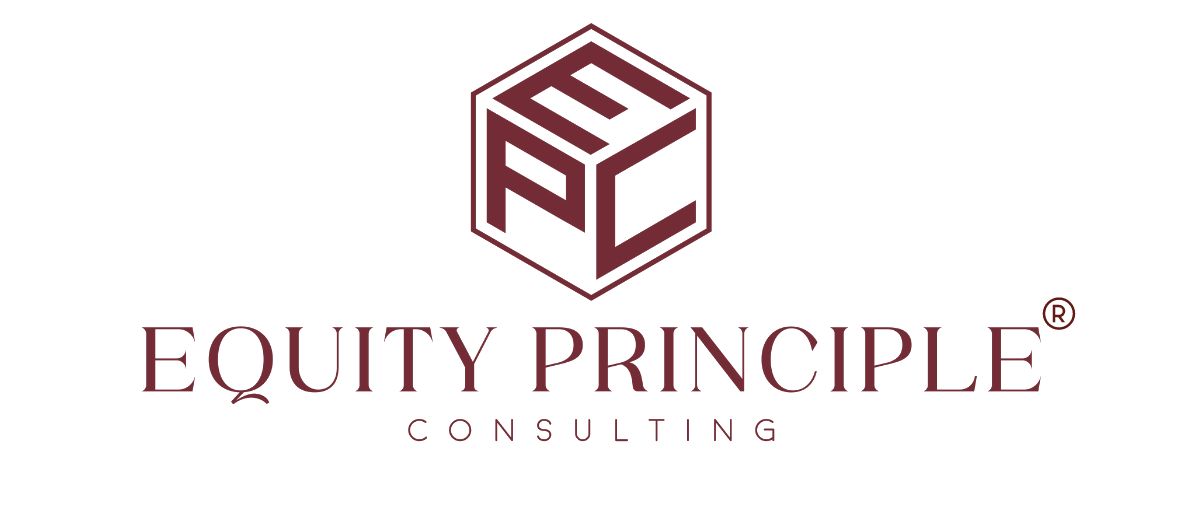Shifting Paradigms: The Critical Leap from Legal Compliance to Genuine Culture Change
As an attorney with over two decades of experience, I have observed that although the law possesses the potential to drive social change, it has often been manipulated as a means to uphold the status quo rather than as an engine for authentic transformation. When talking about Diversity, Equity, and Inclusion (DE&I), this distinction between mere legal compliance and substantive culture change is critical.
Legal compliance, while necessary, is unequivocally the bare minimum—it ensures organizations meet legal standards but often stops short of fostering an environment where diversity is celebrated, equity is pursued with vigor, and inclusion is embedded in every facet of organizational life.
The Shortcomings of Compliance as a Shield
Historically, the law has set the baseline for acceptable behavior in the workplace. However, using legal requirements as a shield has allowed organizations to adopt a checkbox approach to DE&I, doing just enough to avoid legal pitfalls without addressing the deeper, systemic issues that undermine true inclusivity.
This approach neglects the transformative power of DE&I to not only enrich workplace culture but also enhance business outcomes. For example, research by McKinsey & Company indicates that companies with diverse executive teams are 33% more likely to see better-than-average profits. Yet, compliance-focused strategies rarely tap into these deeper benefits, limiting their impact to the avoidance of penalties rather than the pursuit of excellence.
The Imperative for Culture Change
True culture change transcends compliance, embedding DE&I into the very DNA of an organization. It’s about shifting perspectives, changing behaviors, and creating an environment where every employee feels valued and empowered. This shift requires a profound commitment to dismantling the barriers to inclusion, many of which are subtle, ingrained, and often overlooked by traditional compliance measures.
As someone deeply committed to the principles of DE&I, I advocate for a more holistic approach. One that not only respects the law but also goes further to investigate how our organizations can become spaces of genuine inclusion and equity. This involves:
- Leadership Commitment: Leaders must do more than pay lip service to DE&I; they must embody these values, demonstrating through actions and policies that diversity and inclusion are integral to the organization’s success.
- Education Beyond Compliance: Training programs should not only focus on meeting legal requirements but also on fostering an understanding of the value of diversity and inclusion, challenging unconscious biases, and promoting cultural competency.
- Active Engagement and Assessment: It is crucial to engage employees at all levels in the DE&I journey, encouraging their input and feedback and regularly assessing the effectiveness of DE&I initiatives to ensure they are driving real, meaningful change.
- Policy and Practice Reevaluation: Organizations must continuously review their policies and practices through a DE&I lens, ensuring they not only comply with legal standards but actively promote a culture of inclusivity.
In conclusion, while compliance with DE&I-related laws is necessary, it should be viewed as the starting point, not the end goal. The journey towards a truly inclusive workplace is ongoing, requiring a commitment to culture change that moves beyond the bare minimum of legal compliance.
As an attorney and DE&I advocate, I believe it’s our responsibility to leverage the law not as a shield for doing just enough but as a foundation upon which we build a more inclusive, equitable, and thriving organizational culture.

